Version Aversion
10 August 2016
We’ve had good feedback from our incidental Buggin’ Out series, which details current Excel bug fixes and workarounds. However, a question that keeps cropping up is the question, “What version of Excel do I have?” so we thought we ought to help out. Apologies to our Mac users, but we are going to stay PC even if that’s not Politically Correct (although Mac software is not entirely dissimilar).
Let’s go back to the beginning and work our way forward…
Excel 2003
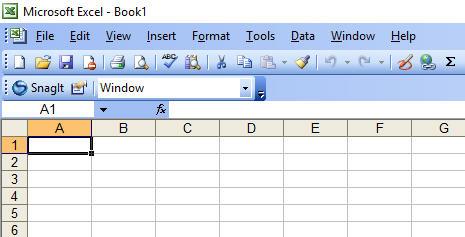
If you have this still, you are opening yourself up to a whole world fraught with danger. Recognised as a version of Excel with drop down menus rather than the Ribbon, it’s no longer supported by Microsoft and that can mean a nice open backdoor for all sorts of nasties such as trojans, worms and other types of malware. It doesn’t matter what update version you have: it’s out of date – get it sorted before it sorts you.
Excel 2007
Recognised by the fact ‘File’ has been replaced by the wondrous ‘Office button’, there was good and bad associated with this radically remixed version of Excel. It was the first version to come with the Ribbon and it freaked out a lot of experienced users.
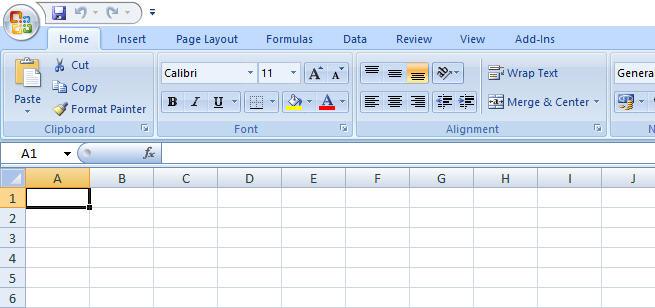
It was meant to make life easier for mums and dads with big, friendly icons everywhere (albeit of inconsistent size) to click on with a mouse. But no one could find anything and resorted to learning the Excel 2003 keyboard shortcuts to make the damned thing work. A complete reworking of Excel, it did come with a lot of bugs pre-loaded, such as conditional formatting that could appear anywhere and objects that resized when you dared to print the worksheet or scroll up or down said sheet.
It wasn’t all bad news though. Excel add-ins from earlier versions of Excel still tended to work in this version without automation errors proliferating everywhere which bedevilled later incarnations of Excel.
If you are unlucky enough to be still using this version (a big welcome to our government readers), to find what issue of Excel 2007 you have, go to Office Button -> Excel Options -> Resources (ALT + T + O + R) and review the final item in the list, ‘about Microsoft Excel 2007’. There’s slightly more detail if you click on the ‘About’ button too (especially if you have forgotten who you are or who you stole the laptop from), but not much.
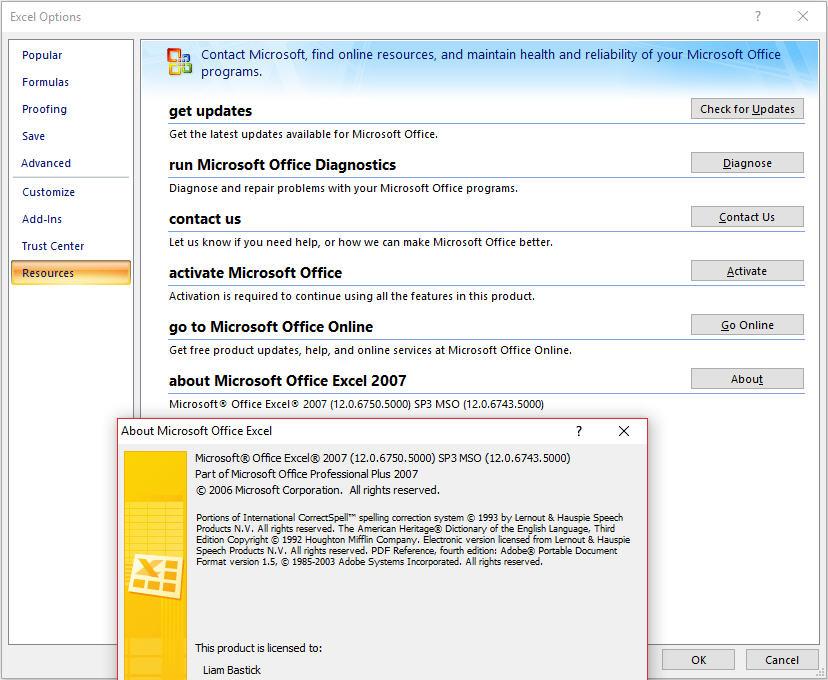
Note that ‘get updates’ is the first button in this list.
Excel 2010
Now this is more like it – and many readers agree, given how popular it is still out there in the marketplace. Excel 2010 brought back the ‘File’ tab, which gave us the backstage for the first time.
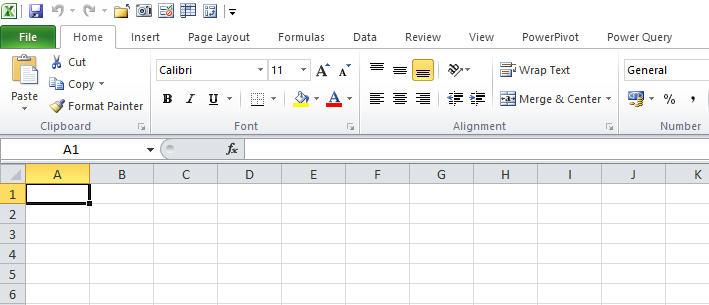
Excel 2010 came in two flavours: 32-bit and 64-bit for those needing more grunt in their spreadsheets, which became the norm for all variants subsequently. Excel 2010 ironed out of its predecessor’s bugs and introduced the world to Power Pivot, Power Query, Power Drill et al. OK, maybe one of those add-ins was just made up…
To locate which version of Excel 2010 you have, go to File -> Help:
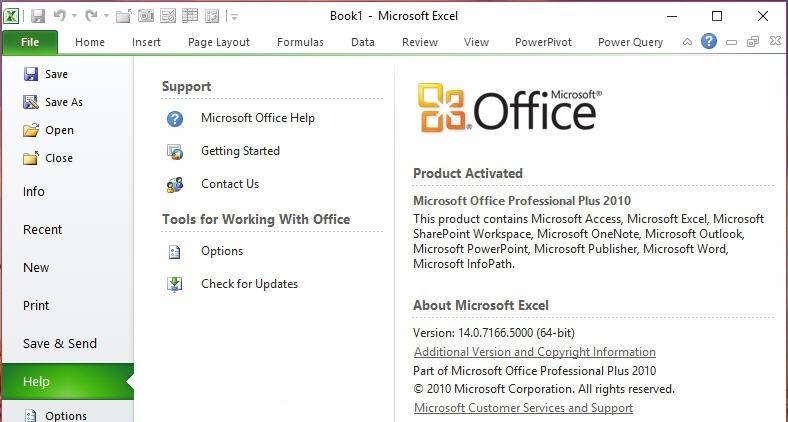
Note that ‘Check for Updates’ is the final item in the list in the middle column too.
Excel 2013
This version of Excel introduced us to British Racing Green and file tabs that LIKE TO SHOUT AT YOU.
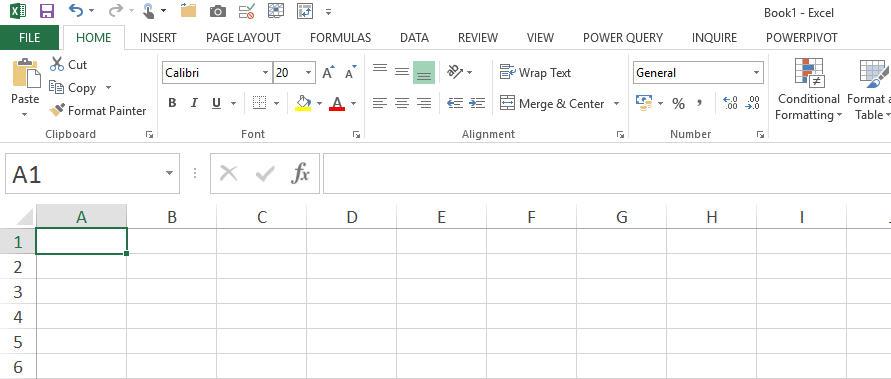
It’s the first version of Excel that the Microsoft marketing team really got its teeth into too, with versions to suit everyone as long as you bought the top of the range version. What could possibly be confusing about having variants called Office 365, Microsoft Office Student, Microsoft Office Amateur (for those seeking to enter the Olympics), Microsoft Office Professional, Microsoft Professional Plus and Microsoft Office Pro Plus (sounds like medication)? Consultants made a fortune worldwide advising their clients of what version to get (see our very own >Which Version of Office 2013..?). Woe betide you if you lived in Turkey or Australia as local distributors tried their utmost to make the good stuff virtually impossible to get hold of initially.
Sorry, rant over. To find out the update version you have, again, head for the back stage, File -> Account -> About Excel button:
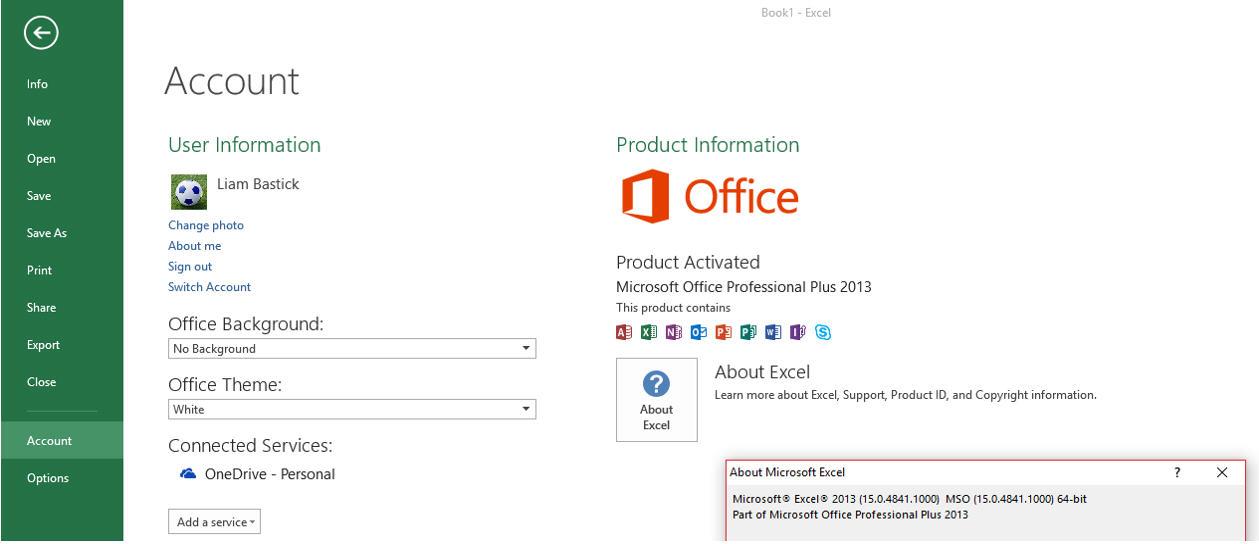
Checking for updates becomes a little inconsistent here, depending upon the version you have. In the version displayed above, you will have to go to Windows Update to update the version. In other versions, it can be located at File -> Account -> Product Information. Here, you will locate Update Options where you may select Update Now from the list. If you cannot locate this, click on Enable Updates first.
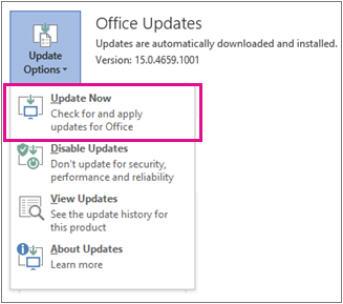
Excel 2016
And so in this blog update, we get up to date in our quest for updates. Excel 2016 got rid of the capital letters and seemingly Power Query too, as it became part of the furniture in Data -> Get & Transform.
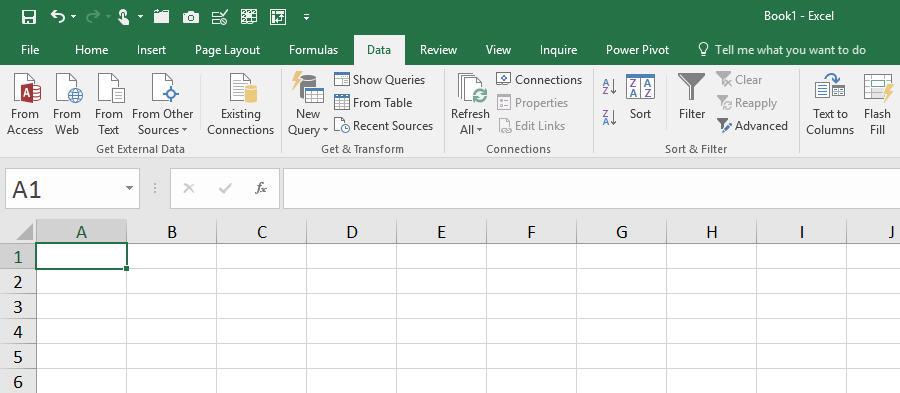
Excel 2016 variations weren’t particularly less difficult to comprehend than Excel 2013 (to wit, please see our discussion here or more details), but it was easier to check for updates.
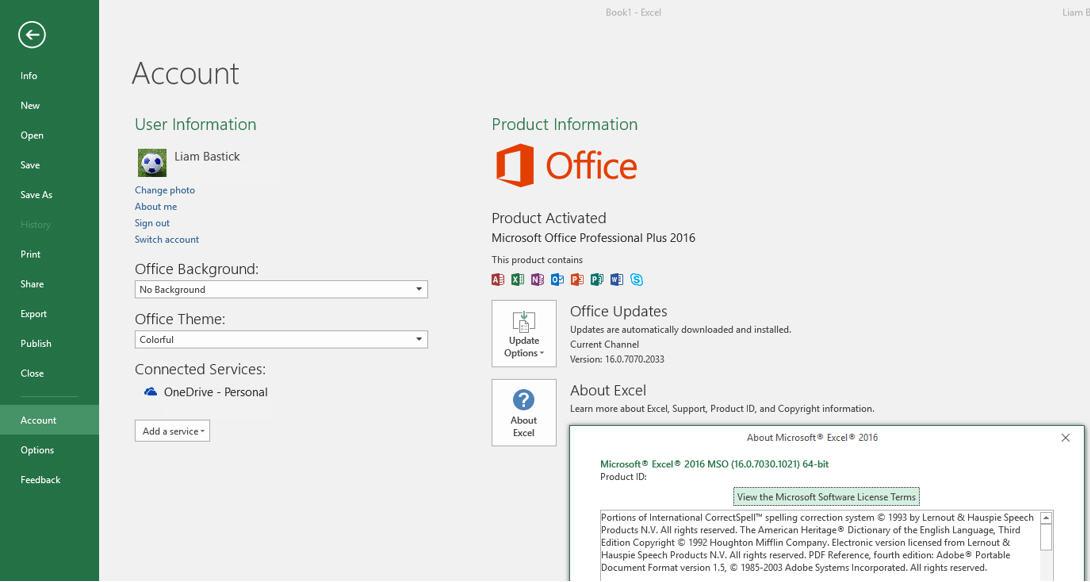
The version could be identified by going to File -> Account -> About Excel button (although I note the version cited below Office updates differs from the version cited in the pop-up dialog box!?), whereas updates could be managed from File -> Account -> Office Updates button. Simple!
Bring on Office 2019!

